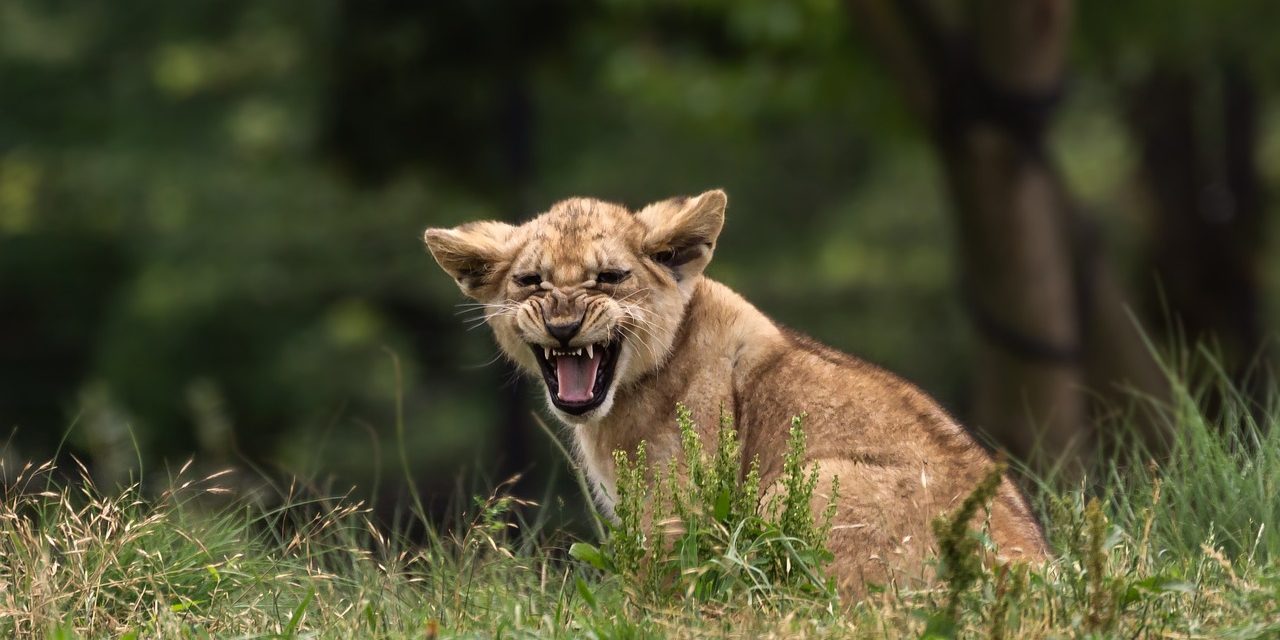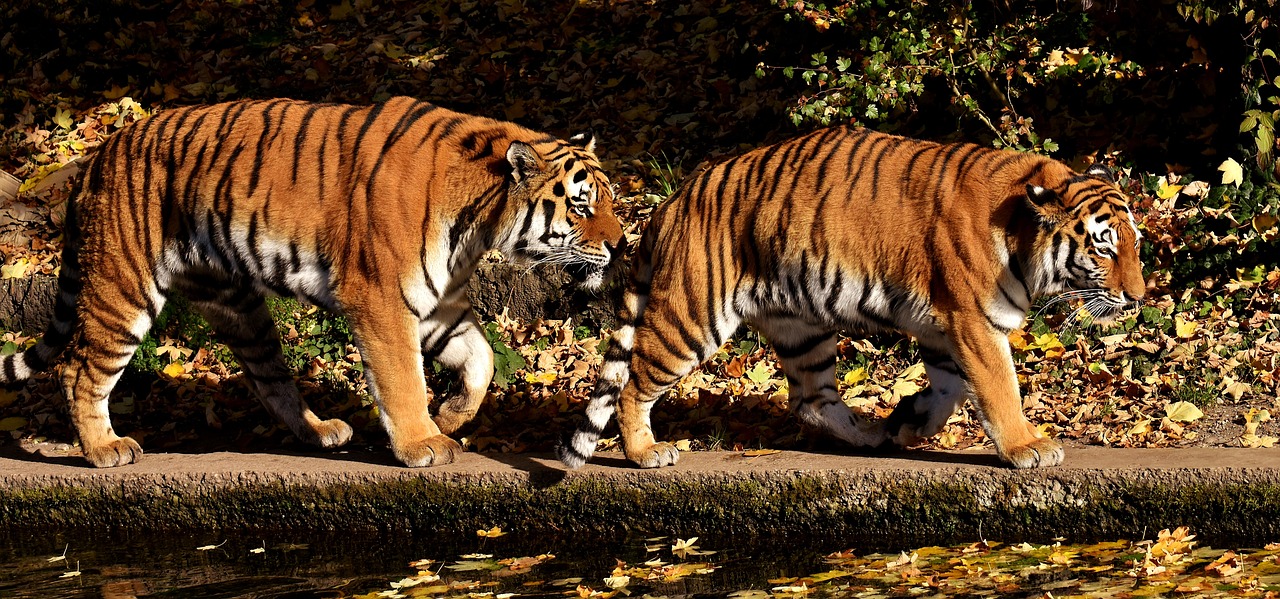Jim Corbett National Park is India’s oldest and one of the most popular wildlife reserves, located in the foothills of the majestic Himalayas in Uttarakhand. Known for its rich biodiversity, lush green landscapes, and being home to the Bengal Tiger, the park is a haven for nature lovers and wildlife enthusiasts. This blog will provide a comprehensive guide to Jim Corbett National Park, helping you plan the perfect wildlife adventure.
Table of Contents
- Introduction to Jim Corbett National Park
- History and Significance
- Best Time to Visit Jim Corbett National Park
- How to Reach Jim Corbett
- Flora and Fauna
- Safari Zones in Jim Corbett
- Things to Do in Jim Corbett
- Where to Stay
- Travel Tips for Jim Corbett
- Jim Corbett FAQs
1. Introduction to Jim Corbett National Park

Jim Corbett National Park, established in 1936 as Hailey National Park, was renamed in honor of the legendary hunter-turned-conservationist Jim Corbett. Spanning over 520 square kilometers, this park is part of the larger Corbett Tiger Reserve and is famous for its Bengal tiger population, as well as its diverse wildlife and scenic beauty.
The park attracts thousands of visitors each year, offering thrilling jungle safaris, picturesque landscapes, and an opportunity to witness wildlife in its natural habitat. Jim Corbett is also part of the Project Tiger initiative, making it an important destination for wildlife conservation in India.
2. History and Significance
Jim Corbett National Park holds a special place in India’s conservation history. Originally established to protect the endangered Bengal tiger, it was the first park to come under the Project Tiger initiative in 1973. The park is named after Jim Corbett, a British-Indian hunter who played a significant role in tiger conservation and wrote several books on wildlife.
Today, Jim Corbett National Park is recognized for its efforts in wildlife preservation and is considered one of India’s best-protected national parks, offering a unique ecosystem that supports a variety of species, including elephants, leopards, deer, and over 600 species of birds.
3. Best Time to Visit Jim Corbett National Park

The park is open from November to June, but the best time to visit depends on what you want to experience:
- November to February (Winter Season): Ideal for birdwatching and spotting tigers as animals come out to bask in the sun. The weather is cool and comfortable, making it the most popular time for visitors.
- March to June (Summer Season): Best for tiger sightings as animals gather around water sources. However, the heat can be intense.
- Monsoon Season (July to September): The park remains closed during monsoon except for the Jhirna Zone, due to heavy rainfall and flooding. The lush green environment is beautiful, but wildlife sightings are rare.
4. How to Reach Jim Corbett
Jim Corbett National Park is well-connected by road, rail, and air:
- By Air: The nearest airport is Pantnagar Airport, around 80 km away. Another option is Indira Gandhi International Airport (Delhi), which is 240 km away.
- By Train: The nearest railway station is Ramnagar, just 12 km from the park. Trains from major cities like Delhi, Lucknow, and Moradabad are available.
- By Road: Jim Corbett is accessible via road from nearby cities. Delhi is about a 5-6 hour drive, while cities like Nainital and Dehradun are well connected.
5. Flora and Fauna

Jim Corbett National Park boasts an incredible diversity of flora and fauna. The park’s vegetation includes dense sal forests, grasslands, and riverine belts, creating a varied ecosystem.
- Fauna: Jim Corbett is famous for its Bengal tigers, but it also shelters a wide array of wildlife such as:
- Elephants
- Leopards
- Sloth Bears
- Crocodiles
- Deer Species (Sambar, Spotted Deer, Barking Deer)
- Birds: With over 600 species of birds, including kingfishers, woodpeckers, and eagles, it is a paradise for birdwatchers.
- Flora: The park is covered with sal, haldu, peepal, and other trees, creating a dense jungle landscape.
6. Safari Zones in Jim Corbett

Jim Corbett National Park is divided into five main safari zones, each offering unique experiences:
- Dhikala Zone: The largest and most famous zone, known for tiger sightings, picturesque landscapes, and the chance to stay inside the forest.
- Bijrani Zone: Known for its open grasslands, this zone is a hotspot for spotting wildlife, including elephants and tigers.
- Jhirna Zone: Open throughout the year, Jhirna is rich in wildlife, including sloth bears, tigers, and deer.
- Dhela Zone: A relatively new zone that offers a mix of dense forest and open plains, home to a variety of species.
- Durga Devi Zone: This zone is located at a higher altitude and is ideal for birdwatchers.
Safaris in Jim Corbett can be done by jeep, canter, or elephant rides, offering different perspectives of the park.
7. Things to Do in Jim Corbett

Besides wildlife safaris, Jim Corbett offers a variety of activities for visitors:
- Birdwatching: With over 600 bird species, Jim Corbett is a paradise for bird lovers.
- Corbett Museum: A museum dedicated to Jim Corbett’s life, displaying his personal belongings, photographs, and hunting equipment.
- Corbett Waterfall: A picturesque waterfall surrounded by forests, perfect for picnics and nature walks.
- River Rafting: For adventure enthusiasts, river rafting is available on the Kosi River during the monsoon season.
- Nature Walks: Guided nature walks offer an opportunity to explore the biodiversity of the park more closely.
8. Where to Stay
Jim Corbett National Park offers a variety of accommodation options, ranging from budget hotels to luxury resorts and forest lodges:
- Dhikala Forest Lodge: Located inside the park, offering the best experience for wildlife lovers.
- Luxury Resorts: For those looking for comfort, there are luxury resorts with swimming pools, spa facilities, and guided safaris.
- Budget Hotels: Ramnagar offers plenty of budget-friendly accommodation options for travelers on a tight budget.
Make sure to book your stay well in advance, especially during the peak season (November to February).
9. Travel Tips for Jim Corbett
- Book Safari in Advance: Safaris in Jim Corbett are popular, so it’s best to book online in advance to secure your spot.
- Follow Park Rules: Respect the wildlife and follow the guidelines provided by your guide. Do not feed animals or get too close.
- Carry Binoculars and Camera: To get the best views of wildlife, especially birds, carry a good pair of binoculars and a camera with zoom capabilities.
- Wear Neutral Colors: When on safari, wear neutral or earthy colors to blend in with the surroundings and avoid disturbing the animals.
- Pack Essentials: Don’t forget to carry sunscreen, hats, comfortable shoes, and insect repellent for your trip.
10. Jim Corbett FAQs
Q1: Can I visit Jim Corbett during the monsoon season?
Yes, but only the Jhirna Zone is open during monsoon, as the rest of the park remains closed due to heavy rainfall.
Q2: How can I book a safari in Jim Corbett?
You can book a safari online through the official website of Jim Corbett National Park or through authorized agents.
Q3: Are there any restrictions on photography in the park?
There are no major restrictions, but the use of drones and professional video equipment may require special permission from park authorities.
Conclusion
Jim Corbett National Park is not only a sanctuary for wildlife but also a place where nature thrives in its purest form. Whether you are a wildlife enthusiast, a photographer, or a nature lover, the park offers an unforgettable experience. Plan your trip to Jim Corbett, immerse yourself in its wilderness, and witness the beauty of India’s first national park.
Book Your Jim Corbett Safari Today!


0 Comment